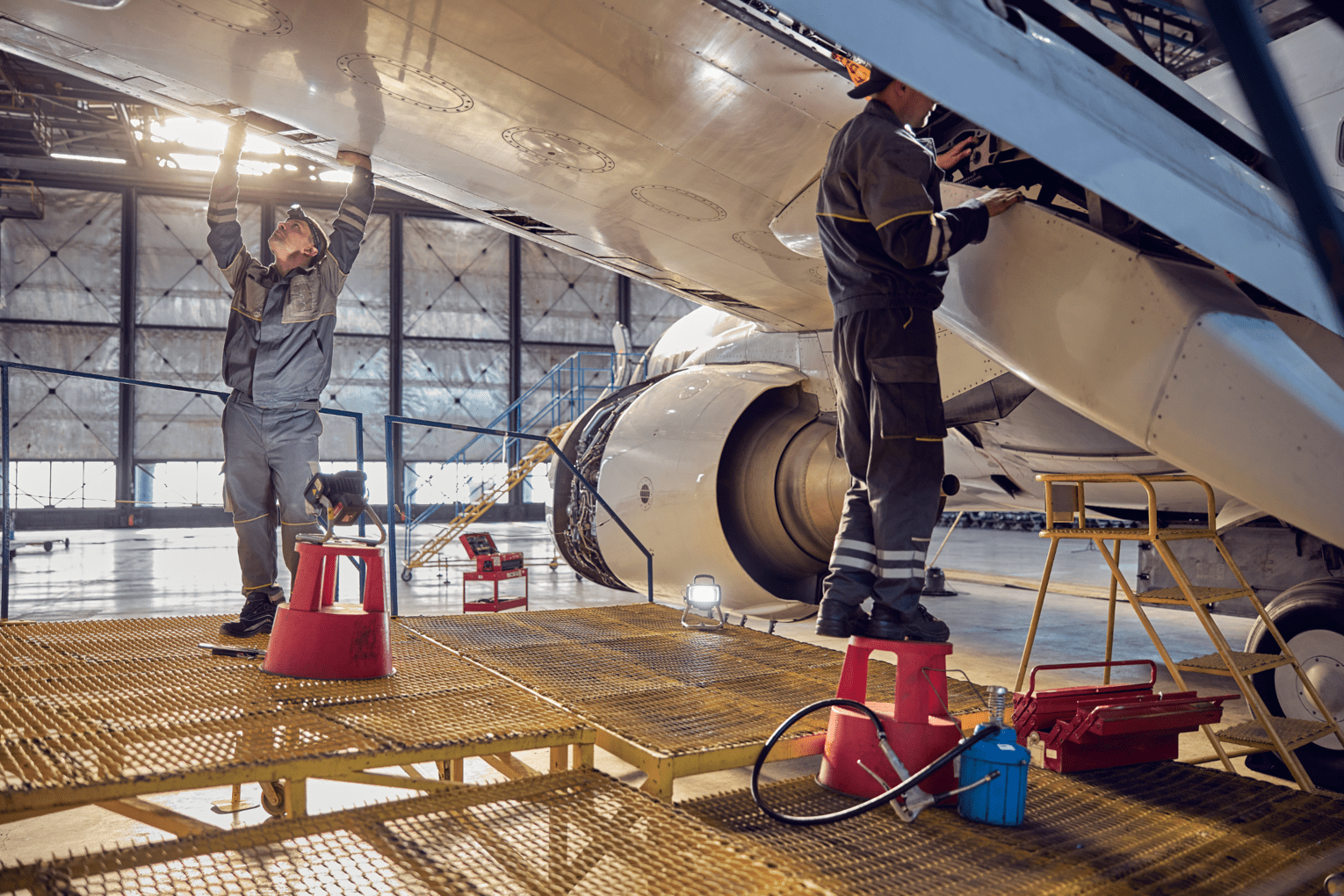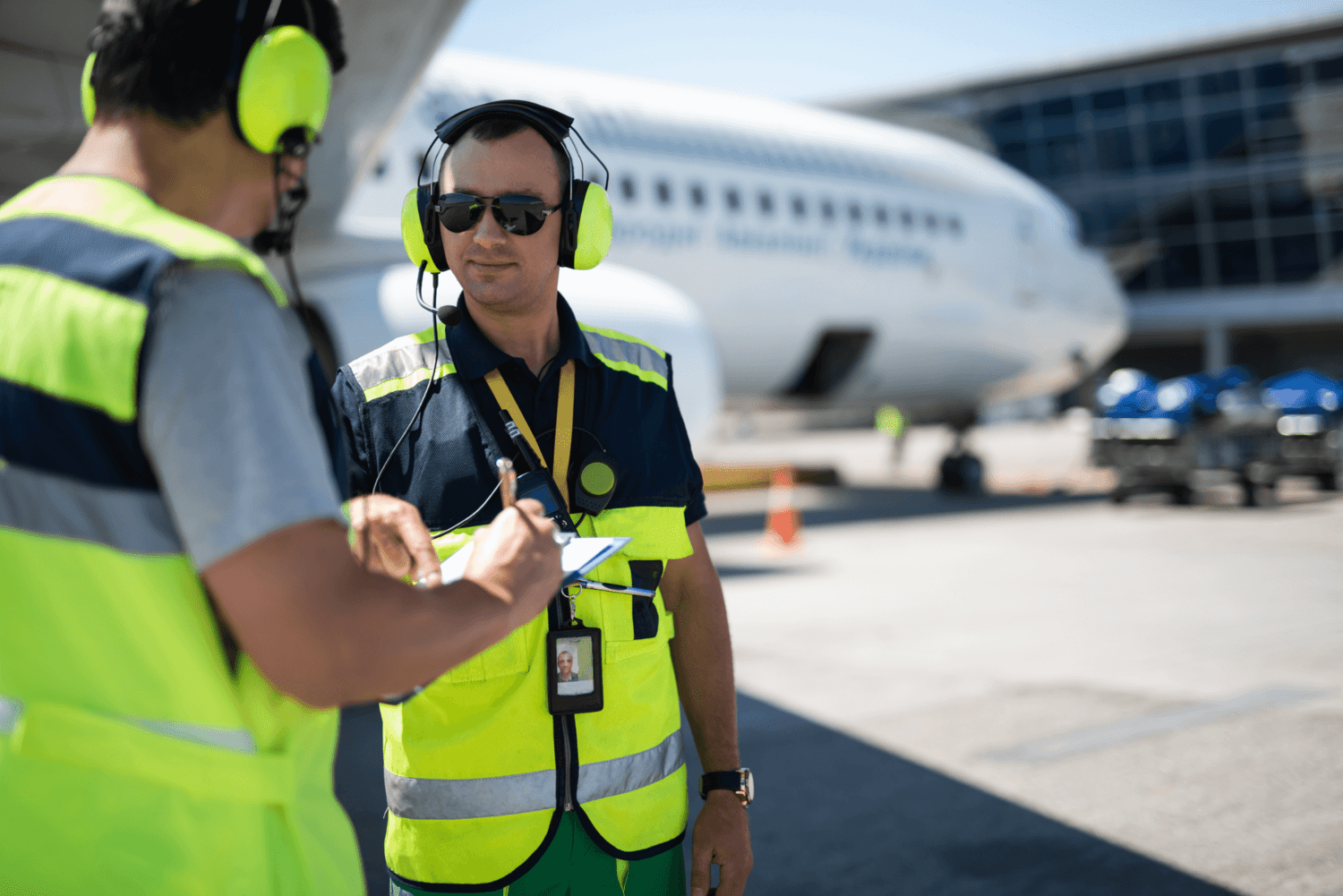
Release date : 2020-09-09
Optimizing the supply chain is on the doorstep of every operator
Despite successfully cutting down their aircraft spare part pools and eliminating certain inventory costs, airlines, MROs and other industry players these days still find themselves entrapped in vastly inconvenient component procurement processes. Some experts even state that by 2020, most operators will have abandoned their inventory stocks at all. Such transition would translate into an increased focus on third-party providers. Nevertheless, many argue that such procurement processes are mainly outdated, extremely costly and time-consuming.
Just to get a grip on how much this practice costs, consider the following example: a single carrier, American Airlines, spends more than $18 billion annually to locate and procure their parts via an extensive list of suppliers. In addition to the price paid, there’s the time spent on contacting each and every vendor. For instance, according to the data of Locatory.com, in Latin America alone, a medium-sized carrier has on average from 50 up to 70 approved vendors. Even if a single e-mail took only a minute to compose, preview and send, it would require an hour or more just to reach out, let alone receive prices, analyse and select the proper part. And we all know how valuable a part can become in an AOG.
Costs for operators are clear, but this practice also largely affects the counterpart of the procurement process – the suppliers. Under the aforementioned conditions, there is no other option but to try and become an approved supplier. And this goal is not amongst the easiest. It takes approximately 3-6 months to get onto the list and there is no guarantee that you will hear from any clients any time soon, as airlines and MROs have unimaginable amounts of approved vendors. For instance, airlines in India are estimated to have around 80 suppliers on average, while some maintenance facilities in Eastern Europe have lists topping 100 vendors.
“Expenses and time are of course the key issues, however, there are even more challenges surrounding cumbersome component search,” comments Zilvinas Sadauskas, the CEO of Locatory.com.” Amongst the main values in this industry is accuracy and the ability to act quickly. Such power to act is highly diminished by the fact that an outdated way of locating the right parts does not allow browsing through historical data, which would allow comparing and analysing parts in order to attain the much needed agility.”
Achieving the utmost efficiency is on everyone’s mind and, apparently, there are ways to make it possible. According to SITA, 75% of all airlines will increase their spending on new IT solutions in order to optimize their costs and spare part procurement processes in the near future. In fact, it is expected to be one of the key focus areas in the next several years. “Companies which opt to invest into the area could save up to 35 working days and cut on average 15% of the inventory price with the help of some clever IT solutions,” says the CEO of Locatory.com.
“As the spare parts market is heading towards the value of $6.2 billion, by 2025, the major players in the segment are expected to reconsider their operational processes in order to get the largest share of this pie. Still, the majority of operators and MROs to date keep using the same, inconvenient techniques to acquire the components they need. Despite having to complete 9 steps from sending RFQs to issuing POs, some IT tools, such as SMT, can offer a quicker as well as more efficient solution. By automating most of the process, users do not only save time, but also gain access to highly valuable data, which allows making significantly better decisions in the future,” concludes Zilvinas Sadauskas, the CEO of Locatory.com.


